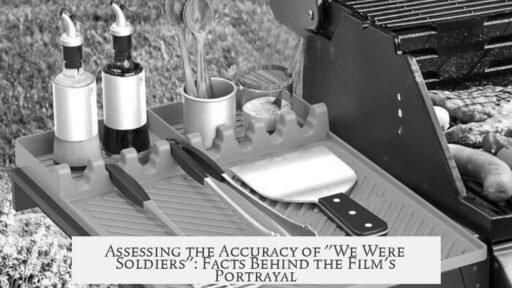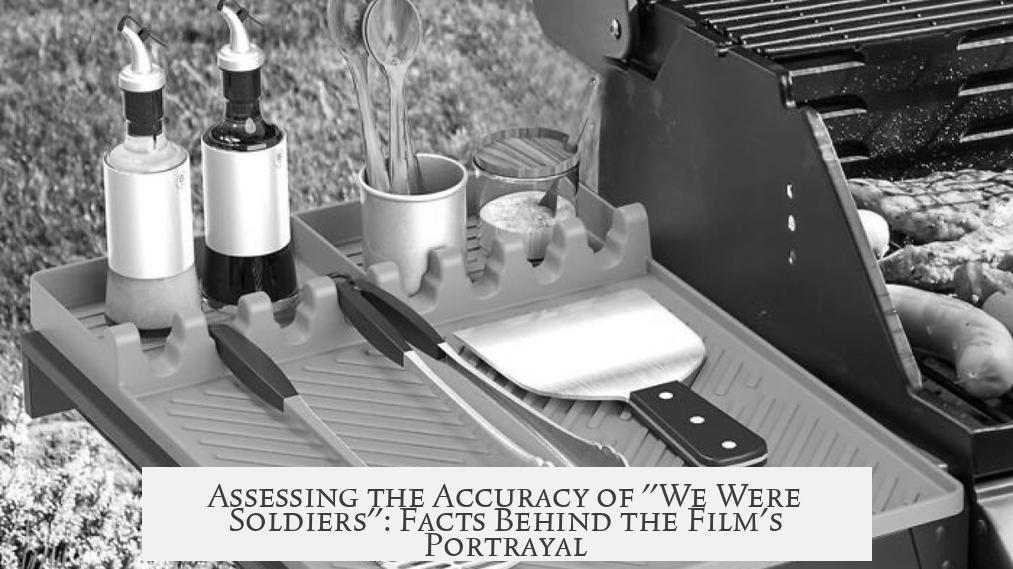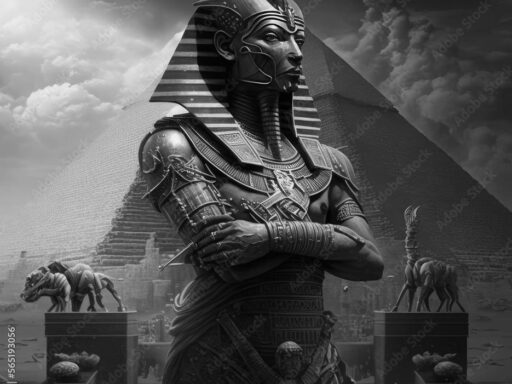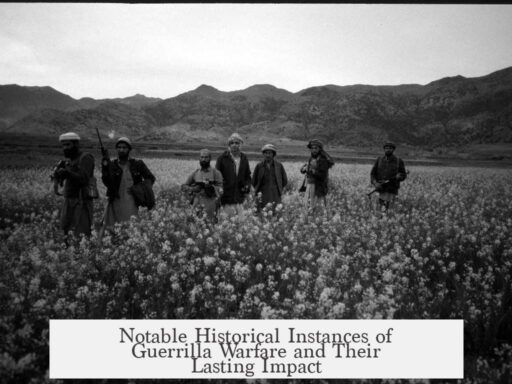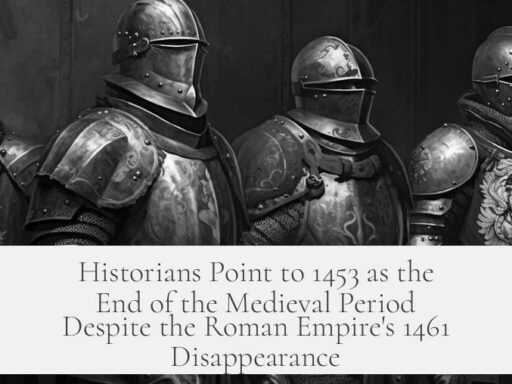“We Were Soldiers” offers a visually accurate and emotionally powerful portrayal of the Battle of Ia Drang, but it departs considerably from historical accuracy in timeline and details. The film captures the intensity and look of the campaign but simplifies and shortens the battle’s complex events.

The movie condenses the lengthy and spread-out battle into a shorter, more focused event. It downplays the scale of American casualties and does not show the severe losses suffered in the follow-up ambush at Landing Zone (LZ) Albany. The film ends before this critical continuation, where two battalions were ambushed, and hundreds more American soldiers were killed or wounded over a 16-hour fight. This part of the battle involved intense combat and devastating losses not depicted on screen.
While the movie’s dramatic focus limits its historical fidelity, the original book We Were Soldiers Once… And Young by Hal Moore and Joseph Galloway offers a detailed and accurate narrative. Hal Moore, the American commander portrayed by Mel Gibson, and Galloway, the reporter who accompanied the soldiers, both had direct involvement in the battle. Their firsthand accounts provide a clear, comprehensive record of the campaign, offering insights that the film omits or alters.
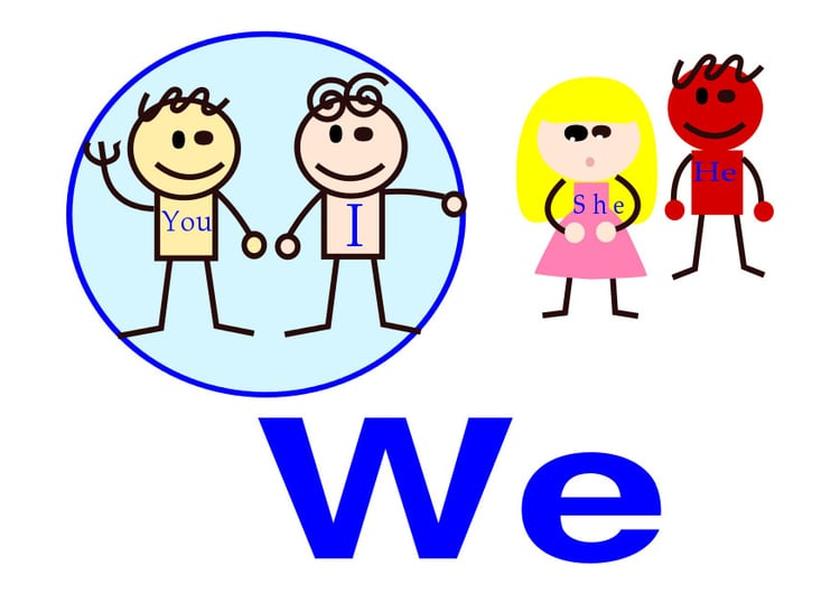
To understand the full scope and complexity of the battle, readers should refer to this book. It presents the timeline correctly and details the intense, prolonged fighting with its high casualties and strategic movements absent from the movie.
- The film accurately conveys the battle’s emotional tone and visual realities.
- It compresses and simplifies the timeline and events, omitting later significant battles.
- Major casualty figures and ambushes are minimized or excluded.
- The original book by Moore and Galloway is the most reliable source on the battle.
- The book’s firsthand perspective provides the full historical context missing in the movie.
How Accurate Is “We Were Soldiers”? Unpacking Fact from Film
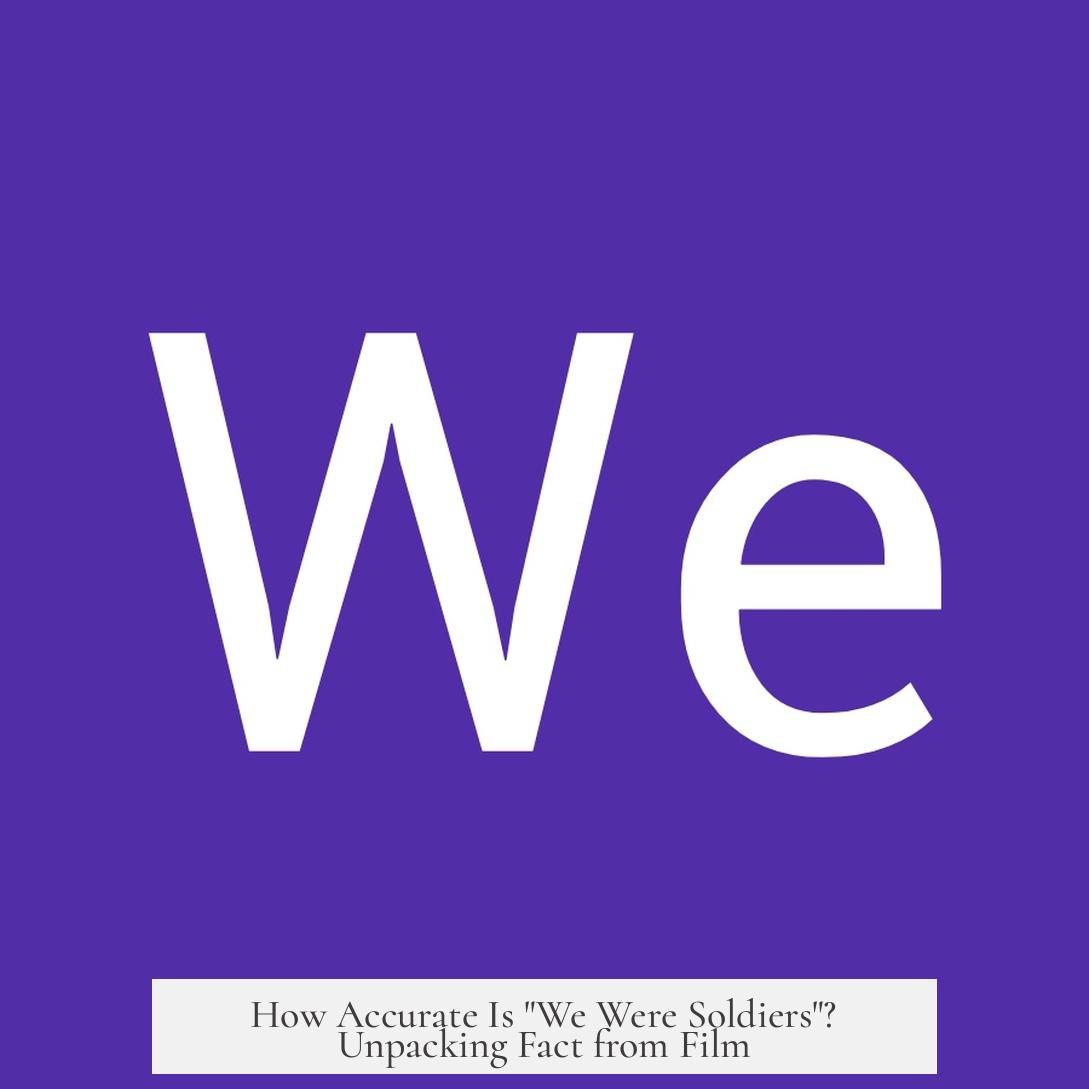
If you’re wondering, “How accurate is We Were Soldiers?” the straightforward answer is this: the movie offers a powerful emotional and visual experience that hints at real events but takes a creative leap with timelines, battle details, and casualty figures. It’s a gripping war drama inspired by true events but, let’s be honest, far from a flawless documentary.
This mix of truth and dramatization matters because it shapes how we remember one of the bitterest battles of the Vietnam War—the Battle of Ia Drang in 1965. Wondering just how much Hollywood bends reality to fit a thrilling narrative? Let’s dive in.
The Emotional Truth vs. The Factual Map
We Were Soldiers is based on the bestselling book by Hal Moore and Joseph Galloway. Moore commanded the troops in the battle and Galloway reported on events firsthand. Together, they give a comprehensive account of the grueling fight. But Hollywood, eager to capture hearts and eyes, dramatizes for effect—altering the timeline and blending events.
The movie captures the look and feel of the engagement. It shows muddy jungle fights, brave soldiers clutching their weapons, screams, and chaos. It portrays General Moore’s leadership and his bond with his men accurately. Yet, it reshapes when and how events unfolded. This shift means viewers get a sense of what happened—but not exactly when or how.
When Battles Stretch, but Screen Time Does Not
The real Battle of Ia Drang wasn’t a neat, two-hour skirmish wrapped up with clear winners. It was a gritty, drawn-out ordeal that went beyond the initial fight depicted in the film. The battle was more spread out geographically and lasted longer than shown. The movie condenses days into scenes and compresses sprawling, exhausting combat into tight sequences.
Did you know the movie skips the bloody and decisive follow-up battle at Landing Zone (LZ) Albany? This post-film event saw two battalions ambushed — a deadly engagement resulting in far more casualties and chaos than the film reveals. It’s like watching the first act of a drama and missing the climax.
Casualties: The Silent Numbers
Here’s a sobering fact: two companies were wiped out in the first few minutes of the real battle’s opening attack. Yet, the movie somewhat tones down the scale of loss, focusing more on personal courage than grim statistics. By the battle’s end, hundreds of American soldiers were killed or wounded—far above the movie’s more modest toll. The follow-up ambush, which the film omits, further increased these tragic numbers.
This omission isn’t a trivial detail. It impacts how we understand the battle’s true cost and horror. Fact-checking reveals that while We Were Soldiers pays respect to bravery, it softens the brutal reality of war.
So What Should You Read If You Want the Full Story?
For those craving accuracy, the book We Were Soldiers Once… And Young by Hal Moore and Joseph Galloway is the gold standard. Both men lived through this hellscape—Moore as the commander, Galloway as the reporter embedded with soldiers. Their account doesn’t glamorize or shape-shift events for entertainment.
The book offers a detailed, primary source narrative, illustrating the tactical challenges, raw emotions, and logistical nightmares of the battlefield. It includes after-action reports, personal stories, and reflective insights unavailable in most movie scripts. If you want depth, don’t just settle for the movie’s “selective memory.”
What Can We Learn from The Movie’s Choices?
It’s tempting to grumble about Hollywood “messing up history.” But movies like We Were Soldiers serve a purpose: they invite viewers to explore stories they might never encounter otherwise. The film opens a door to history, even if it only steps partially in.
So, if you leave the theater—or turn off your streaming device—and feel moved, curious, or inspired, that’s a win. That feeling can spark real understanding and respect, which you can deepen with the book or other detailed sources.
Final Thoughts: Should You Trust the Film?
- For Emotion & Visual Drama: The movie nails it. The tension, camaraderie, fear, and leadership all feel authentic.
- For Historical Precision: It’s a dramatized version that shortcuts real timelines, battle scopes, and casualty details.
- To Grasp The Real Battle: Read the book! Experience the complexities and raw realities beyond Hollywood’s lens.
In a world craving instant knowledge, remembering that movies are part storytelling is crucial. We Were Soldiers is a doorway—an introduction to a legendary battle—rather than a classroom lecture. It’s an emotional primer rather than a verified dossier.
Ask yourself: Would you rather have a gripping story or a detailed history lesson? Luckily, you can have both by watching the film and then turning the pages of the book.
How closely does the movie “We Were Soldiers” follow the actual battle it depicts?
The movie captures the look and feel of the battle but changes the timeline and events significantly. It simplifies the action and shortens the overall length of the conflict for dramatic effect.
What key events are missing or altered in the film compared to real history?
The film ends before the deadly ambush at LZ Albany, which involved heavy American losses. It also omits the prolonged nature and wider spread of the battle, as well as the severe casualties sustained.
Does the movie accurately represent the casualties from the battle?
No, the film downplays the number of casualties. Hundreds of soldiers were killed or wounded in the actual events, but these losses are not fully shown on screen.
Where can I find a more accurate account of the battle featured in “We Were Soldiers”?
The book “We Were Soldiers Once… and Young” by Hal Moore and Joseph Galloway provides a detailed and accurate description. It is written by individuals directly involved in the battle.
Who are the authors of the original source material, and what was their role in the battle?
Hal Moore was the commanding officer portrayed by Mel Gibson, and Joseph Galloway was a reporter who documented the fighting. Their firsthand experience makes their book a primary source.
